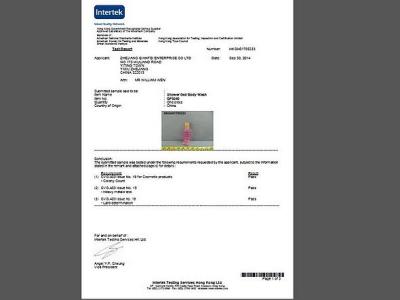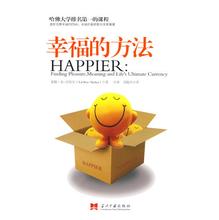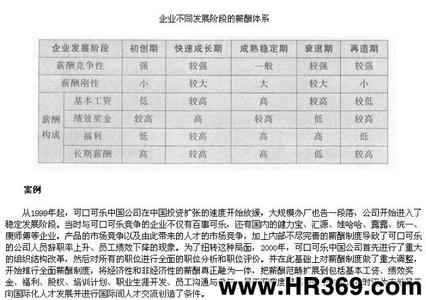CHAPTER 14
True/False Questions:
1. A Premium on Bonds Payable reduces the interest expense of the bond over its life.
Answer: True
2、A bond listed at 103 on a stock exchange is selling at 103% of its par value.
Answer: True
3.Callable bonds can be exchanged for a fixed number of shares of the issuing corporation's common stock.
Answer: False
4.There are two common payment patterns for installment notes: (1) accrued interest plus equal principal
payments and (2) equal payments.
Answer: True
5、The carrying value of a long-term note is computed as the present value of all remaining future payments,
discounted using the market rate at the time of issuance.
Answer: True
6、A basic present value concept is that cash received in the future is worth more value than the same
amount of cash received today.
Answer: False
7.An annuity is a series of equal payments at equal time intervals.
Answer: True
8.The present value of an annuity factor for 6 years at 10% is 4.3553. This implies that an annuity of six
$2,000 payments at 10% would equal $8,711.
Answer: True
Calculation: $2,000 x 4.3553 = $8,711
9、Both interest on bonds and dividends on stock are tax deductible.
Answer: False
10、Interest payments on bonds are determined by multiplying the par value of the bond by the stated contract rate.
Answer: True
11、.Return on equity increases when the expected rate of return from the acquired assets is higher than the
interest rate on the debt issued to finance the acquired assets.
Answer: True
12.Bond interest paid by a corporation is an expense, whereas dividends paid are not an expense of the
corporation.
Answer: True
13、The debt-to-equity ratio enables financial statement users to assess the risk of a company’s financing
structure.
Answer: True
14、A company’s debt-to-equity ratio was 1.0 at the end of Year 1. By the end of Year 2, it had increased
to 1.7. Since the ratio increased from Year 1 to Year 2, the degree of risk in the firm’s
financing structure decreased during Year 2.
Answer: False
15、The carrying (book) value of a bond payable is the par value of the bonds plus the discount.
Answer: False
Multiple Choice:
1、Obligations not expected to be paid within the longer of one year or the company's operating cycle are
reported as:
A) Current assets.
B) Current liabilities.
1
C) Long-term liabilities. D) Operating cycle liabilities. E) Bills.
Answer: C
2. Bonds that have an option exercisable by the issuer to retire them at a stated dollar amount prior to maturity are known as:
A) Convertible bonds.
B) Sinking fund bonds.
C) Callable bonds.
D) Serial bonds.
E) Junk bonds.
Answer: C
3、A bond traded at 102½ means that:
A) The bond pays 2.5% interest.
B) The bond traded at $1,025 per $1,000 bond.
C) The market rate of interest is 2.5%.
D) The bonds were retired at $1,025 each.
E) The market rate of interest is 2 ½ % above the contract rate.
Answer: B
4、Promissory notes that require the issuer to make a series of payments consisting of both interest and
principal are:
A) Debentures.
B) Discounted notes.
C) Installment notes.
D) Indentures.
E) Investment notes.
Answer: C
5、An advantage of bond financing is:
A) Bonds do not affect owners' control.
B) Interest on bonds is tax deductible.
C) Bonds can increase return on equity.
D) It allows firms to trade on the equity.
E) All of the above.
Answer: E
6、Which of the following statements is true?
A) Interest on bonds is tax deductible.
B) Interest on bonds is not tax deductible.
C) Dividends to stockholders are tax deductible.
D) Bonds do not have to be repaid.
E) Bonds always decrease return on equity.
Answer: A
7、A disadvantage of bonds is:
A) Bonds require payment of periodic interest.
B) Bonds require payment of principal.
C) Bonds can decrease return on equity.
D) Bond payments can be burdensome when income and cash flow are low.
E) All of the above.
Answer: E
8、The debt-to-equity ratio:
A) Is calculated by dividing book value of secured liabilities by book value of pledged assets. 2
B) Is a means of assessing the risk of a company’s financing structure.
C) Is not relevant to secured creditors.
D) Can always be calculated from information provided in a company’s income statement. E) Must be calculated from the market values of assets and liabilities.
Answer: B
9、When a bond sells at a premium:
A) The contract rate is above the market rate.
B) The contract rate is equal to the market rate.
C) The contract rate is below the market rate.
D) It means that the bond is a zero coupon bond.
E) The bond pays no interest.
Answer: A
10、Amortizing a bond discount:
A) Allocates a part of the total discount to each interest period.

B) Increases the market value of the Bonds Payable.
C) Decreases the Bonds Payable account.
D) Decreases interest expense each period.
E) Increases cash flows from the bond.
Answer: A
11、The effective interest amortization method:
A) Allocates bond interest expense using a changing interest rate.
B) Allocates bond interest expense using a constant interest rate.
C) Allocates a decreasing amount of interest over the life of a discounted bond.
D) Allocates bond interest expense using the current market rate for each period.
E) Is not allowed by the FASB.
Answer: B
12、The Premium on Bonds Payable account is a(n):
A) Revenue account.
B) Adjunct or accretion liability account.
C) Contra revenue account.
D) Asset account.
E) Contra expense account.
Answer: B
13、A company received cash proceeds of $206,948 on a bond issue with a par value of $200,000. The
difference between par value and issue price for this bond is recorded as a:
A) Credit to Interest Income.
B) Credit to Premium on Bonds Payable.
C) Credit to Discount on Bonds Payable.
D) Debit to Premium on Bonds Payable.
E) Debit to Discount on Bonds Payable.
Answer: B
14、The contract rate of interest is also called the:
A) Coupon rate.
B) Stated rate.
C) Nominal rate.
D) Market rate.
E) Each of A, B, and C.
Answer: E
15、The Premium on Bonds Payable account is a(n):
A) Revenue account.
3
B) Adjunct or accretion liability account. C) Contra revenue account. D) Asset account. E) Contra expense account.
Answer: B
4
百度搜索“爱华网”,专业资料,生活学习,尽在爱华网
 爱华网
爱华网



